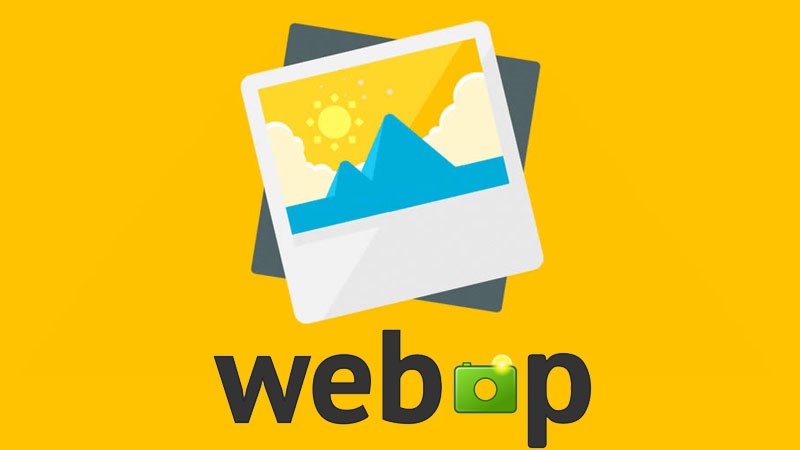What is WebP? Guide for beginners

What is WebP?
WebP is an image format developed by Google after their acquisition of On2 Technologies. Based on the VP8 video platform, WebP provides high-quality images with sizes smaller than PNG or JPEG. It combines and improves the best quality of JPEG and PNG formats by providing advanced image compression.
Optimizing image file size is essential to increase website performance. Using the WebP format can speed up web pages, without sacrificing image quality, making it a suitable format for many websites.
What are the advantages of WebP?
Sometimes, after the host runs the website, you need to optimize the website. Especially if your website has a lot of images or an e-commerce website. Basic WebP can significantly improve the speed of such websites.
In summary, there are four main advantages of using WebP images:
- Increase website performance. WebP format is lighter than JPEG and PNG. Smaller image file sizes will increase the loading speed of the website.
- Save more bandwidth. Bandwidth is the rate at which your server can transmit data to your end users at a specific time. WebP can free up bandwidth space, allowing websites to deliver more content. This is especially important for sites with a lot of images, like food, travel, and photography blogs.
- Increase search engine optimization (SEO). Increased page speed due to lighter images will positively affect website rankings in search engines like Google.
- Display high-quality images. You don't have to sacrifice image quality for faster loading speeds. With WebP, you can get the most out of your website's user experience.
- Displays many different types of images. WebP supports both animated and transparent images.
To further illustrate the advantages of WebP over other formats like JPEG and PNG, let's look at what the two formats offer in comparison.
JPEG (or JPG) is great for images with lots of color and is the preferred choice for stills. However, JPEG image files use lossy compression, which means you will see a decrease in quality when they are saved or edited. Another disadvantage of this format is that it does not support transparency or animations.
On the other hand, the PNG file type is great for retaining high image quality due to lossless compression. This format is suitable for images with lots of pixels, like text-heavy infographics. It also supports transparency, which makes it ideal for logo and web design elements. Unfortunately, PNGs usually have larger image sizes and do not support animations.
WebP has the best of both formats. Most importantly, it provides approximately 25-34% smaller file sizes with an SSIM quality index comparable to PNG or JPEG.
Take a look at sample images from Google's WebP library. The site compares JPEG and WebP images of similar quality.
Click on each image on the website and compare what you see. There isn't much difference in quality between the JPEG image on the left and the WebP image on the right. However, WebP files are significantly smaller in size than JPEG files.
What are the disadvantages of WebP?
While there are many benefits of adopting WebP, there are some limitations that you should be aware of. Consider issues related to software – especially web browsers – and WordPress compatibility.
Although WebP support on popular web browsers has improved over the years, some browsers still do not support this file type.
Popular web browsers like Google Chrome, Mozilla Firefox, Opera, and Microsoft Edge have had WebP support for many years. More recently, Safari was finally able to support WebP.
Given current trends, hopefully, other browsers that don't yet support WebP will follow suit, so stay tuned for developments.
Use WebP for your website
With DybiWeb, you don't have to worry about this, all images you post on the web will be automatically converted to WebP for the best possible optimization. The owner posted the image as usual. The system will do the rest for you.